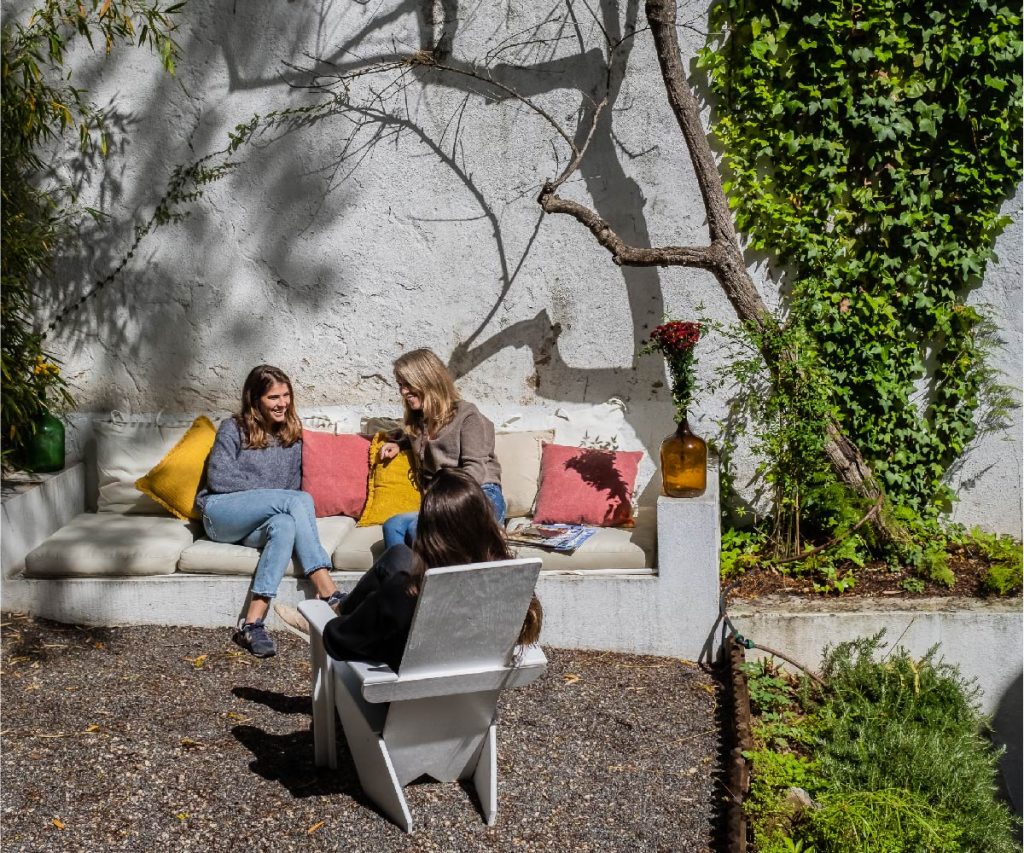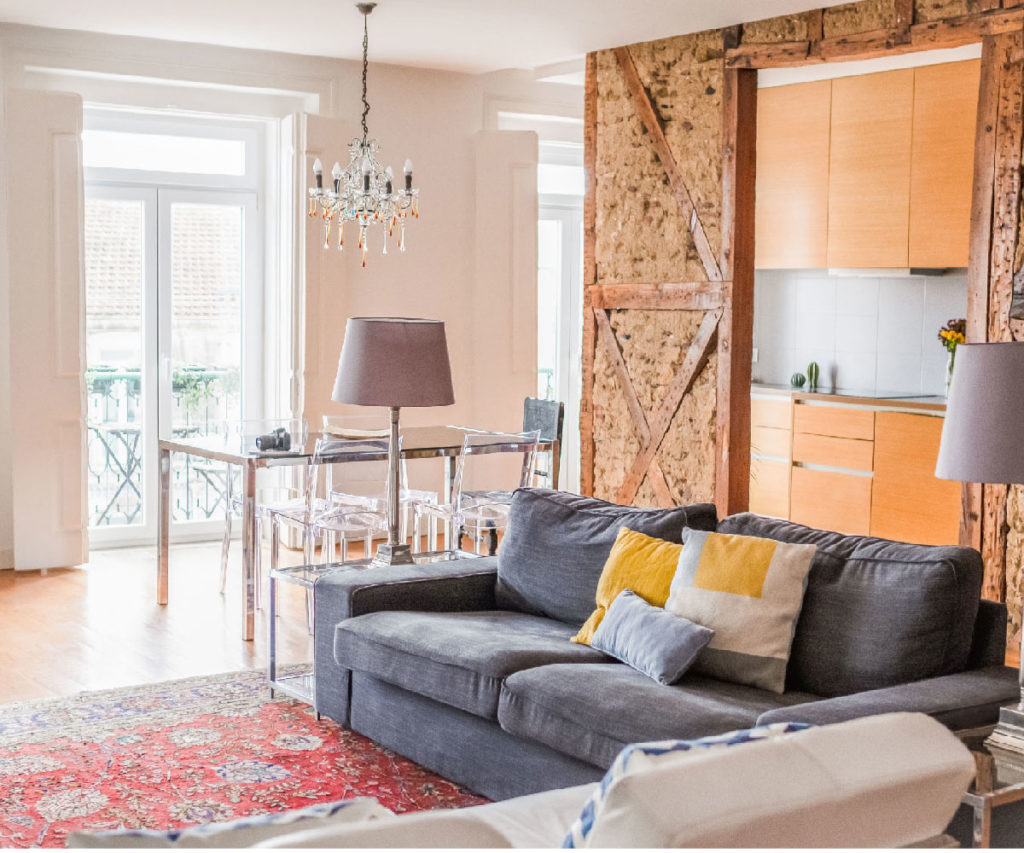Strawberry
20 November 2019
No Comments
A snapshot of Portugal's infatuation with tiles, known locally as azulejos. If you stay in our Casa de São Domingos, you're in for a treat.
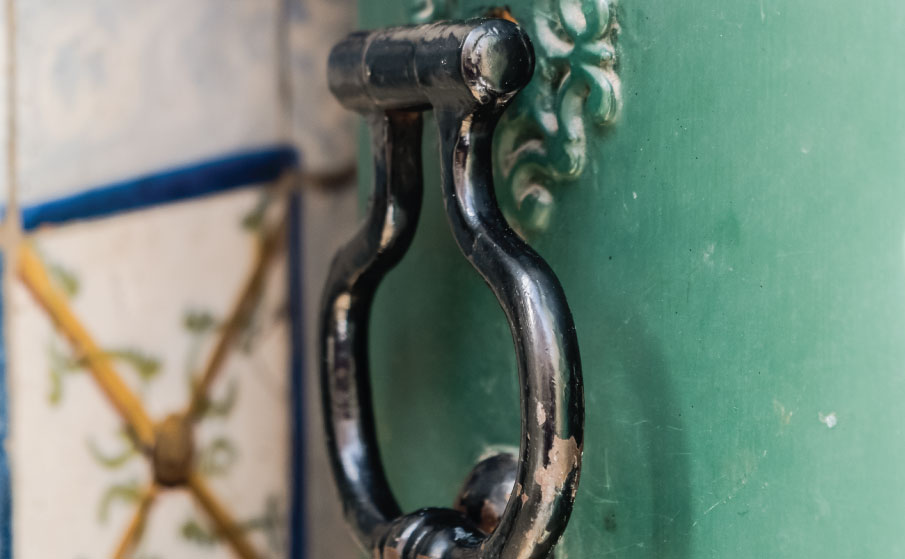
When we talk about Portugal, a few things may come to your mind. Port wine, olive oil, codfish...and tiles. A truly Portuguese trademark, azulejos, as we call it, are everywhere in our country, cheerfully decorating building façades and the inside of churches and nowadays, even sold as souvenirs. Portugal recent history and tiles became so closely connected that is quite impossible to talk about one without referencing the other. We would like to take you to a tiny bit of this fascinating relationship.
The complex geometric art used dates to many years ago and it was first found in the Arabic world. When the Portuguese and Spanish came across azulejos for the first time, they were quickly fascinated by it. The technique was then brought to the Occident and then simplified and adjusted to match the popular style at the time, being used to ornament churches and palaces.
Soon, members of the clergy and nobility were mesmerised by the never seen before technique, ordering great pieces to fill in even more churches, convents, palaces, manor houses and gardens. The technique evolved a great deal at this time, with the use of better cenographic compositions with geometric reasons and the representation of figurative themes. The artisans were inspired by the oriental culture, decorative arts, goldsmith work and exotic fauna and flora. We carry on for ages to walk you through the entire story but we will jump on history a bit to to the tragic earthquake of 1755, that destroyed many cities in Portugal.
This was an important event because in many ways it shaped the Portuguese architecture that we know today, as many buildings had to emerge from the ashes. By this time, tiles were already quite well known and with the modernisation of the technique, it was no longer purely artisanal but a lot more accessible. The wealthy bourgeoisie began decorating their homes with it, ordering pieces that would tell stories such as the family history or their social ascension. The use of the tiles as well as the dialogue established with the local architecture is truly remarkable and one Portugal's most cherished assets.
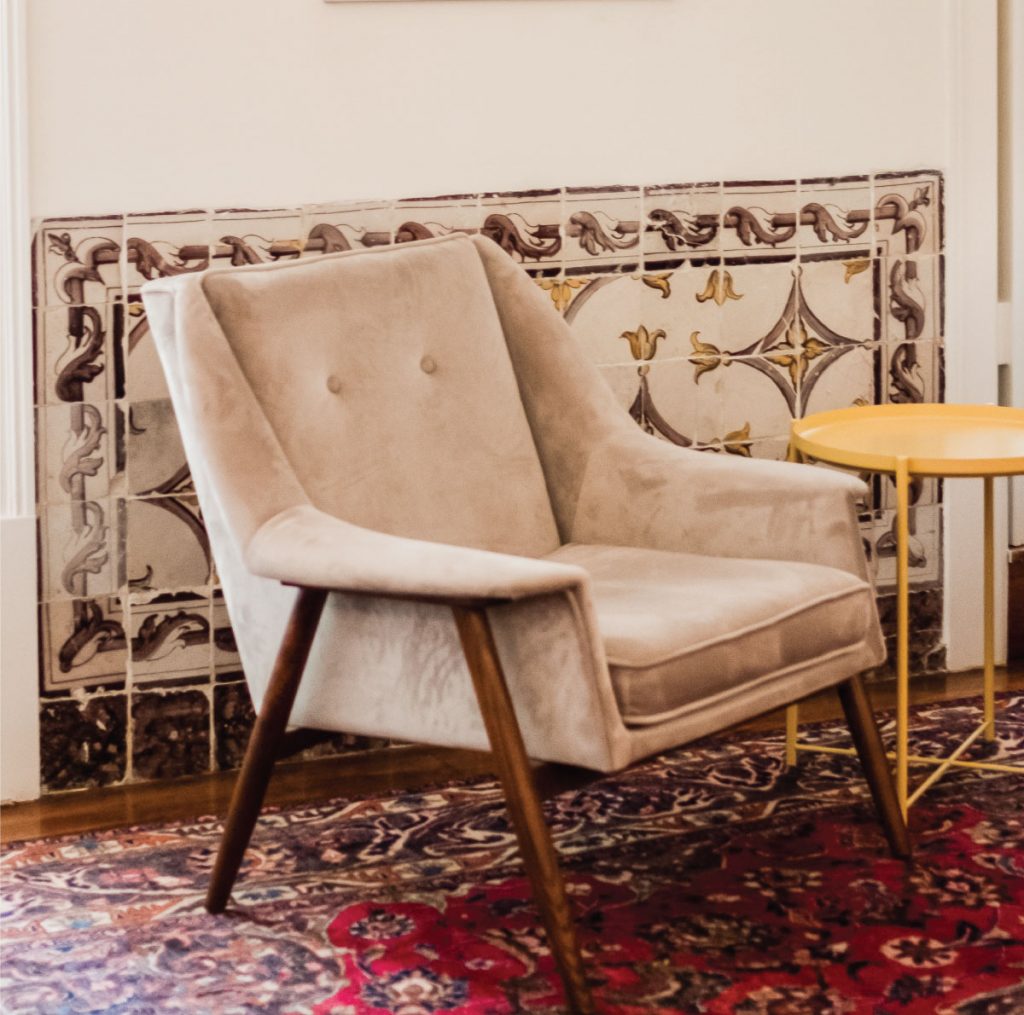
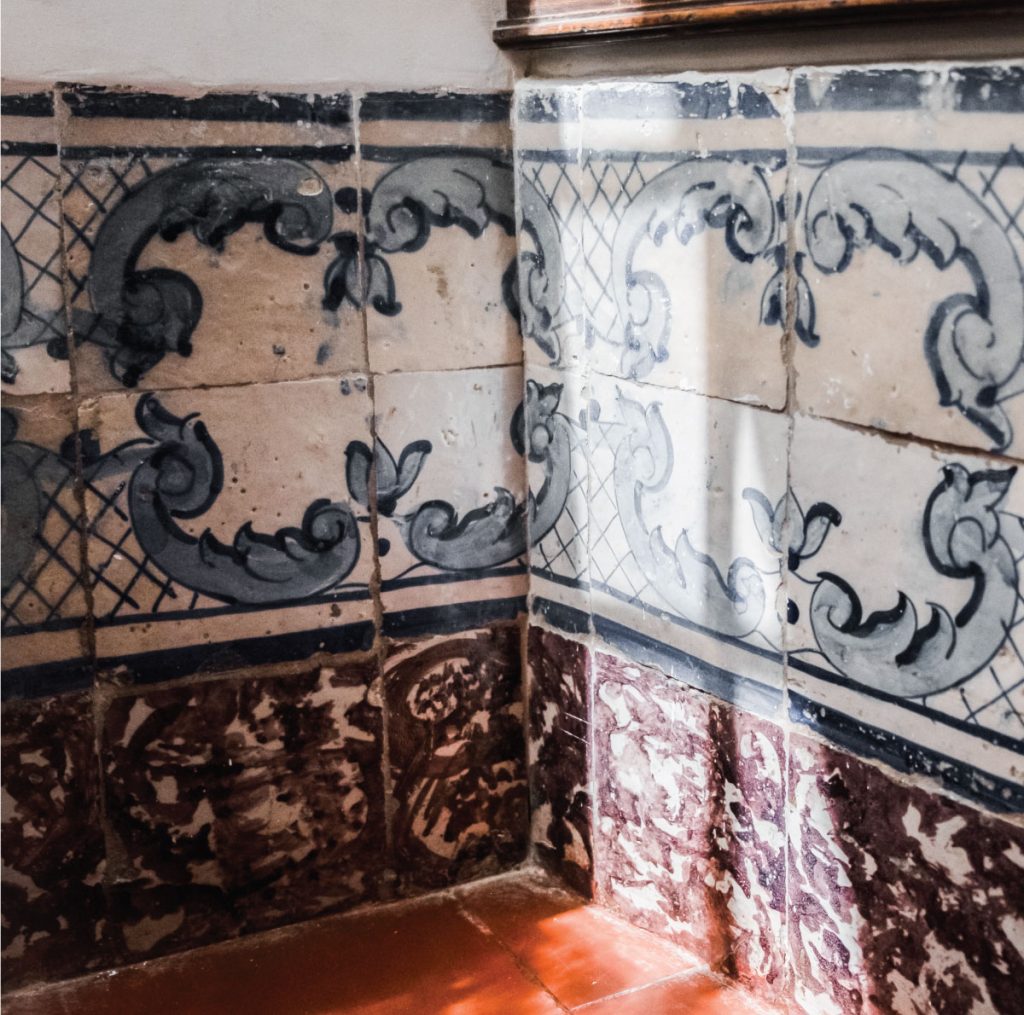
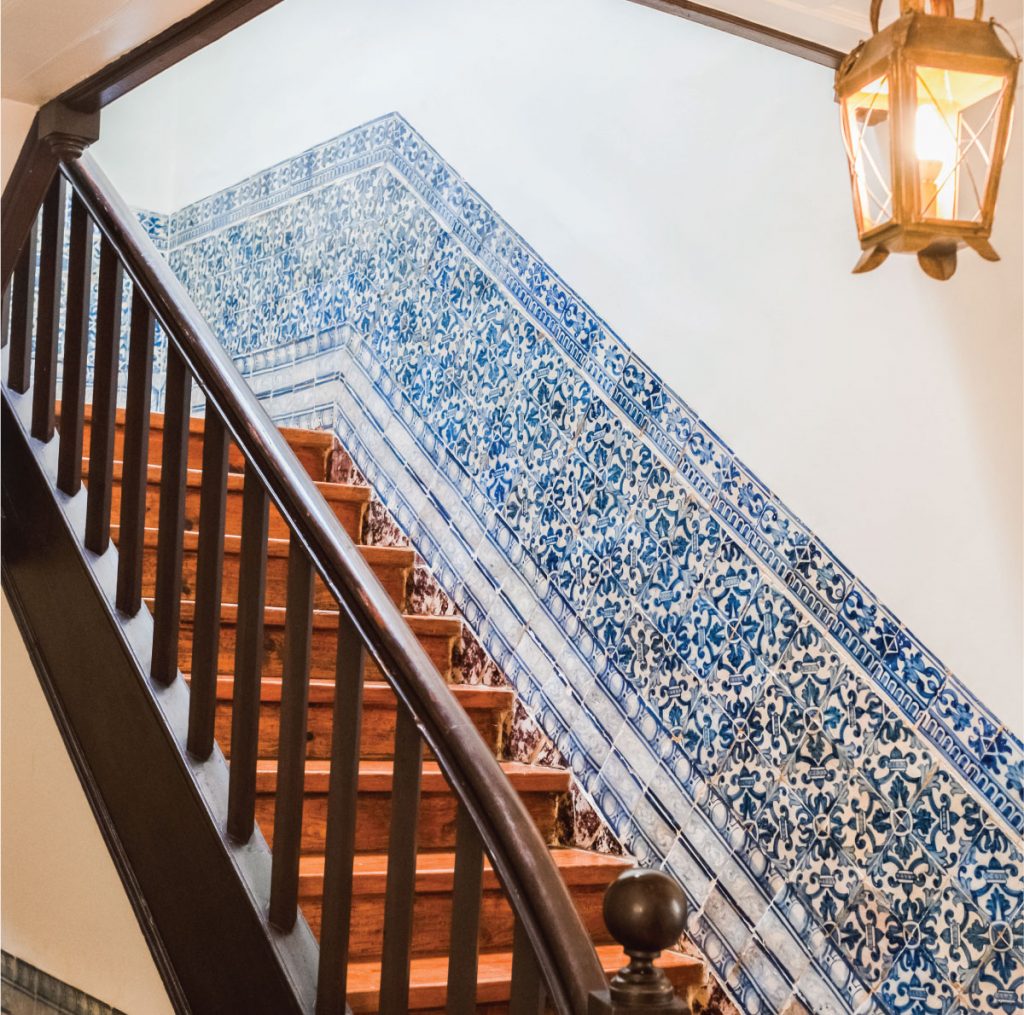
If you want to feel this history up close then a stay in our Casa de São Domingos in Lisbon is in order. Its interior walls are adorned with one of our most authentic 17th and 18th century blue & white tiles. One of our most precious heritages.
Stay in Lisbon

1821 Houses ©2024 All rights reserved. |
Terms & Conditions

